Hello and welcome to Work Week, the podcast where we answer one big question about the future of work, discuss what the research says about the issue, and explain what it all means for you.
I'm Dr. Gabby Burlacu, Senior Manager at The Upwork Research Institute. What you’re hearing is a digital proxy of my voice created by our team with the help of AI.
Today’s episode centers on a question that, studies show, has been overlooked in many boardrooms, but urgently deserves attention: How much productivity are businesses losing to weather disruptions—and what can be done about it?
Let’s set the scene. It’s the height of summer. On the coast, hurricane season is at its peak. Farther inland, the dry season has created a risk of wildfires. And across the country, areas are under extreme heat warnings.
These weather disruptions are more than meteorological issues—they are workforce issues.
The Upwork Research Institute’s Future Workforce Index found that, in the twelve months prior to the survey, forty-five percent of workers had to call out due to a weather event. The research, which features insights from three thousand knowledge workers, also found that five percent missed a week or more of work.
Data from the Atlantic Council shows that in twenty twenty, the U.S. economy lost one hundred billion dollars in productivity from heat exposure alone. This annual cost is expected to soar to five hundred billion dollars by twenty fifty. That’s half a trillion dollars lost each year—not from poor performance or economic downturn, but from climate-related workplace constraints. And this half a trillion dollar loss is only from heat exposure—it doesn’t include the physical costs and lost productivity related to hurricanes, wildfires, tornadoes, snow and ice storms, or other natural disasters.
Despite the significant risks posed by weather disruption, few companies are prepared. A survey conducted by S&P Global of nearly eight thousand companies found that only thirty-five percent had a plan in place to adapt to the physical impacts of weather disruptions.
Let that sink in: barely one in three companies have a formalized plan. This means the majority are likely relying on post hoc, reactive responses—which often lead to more significant financial impacts and lost productivity. For example, a business without a plan to minimize the risks of a significant weather event could experience a closure of a week—or more—while a company with a proactive plan may only lose a single day of business.
But more than this, how you plan for weather events can affect not only people’s careers, but also their health and well-being. For example, if roads are affected by conditions such as flooding, ice, or storm debris, how will your workers know whether they’re expected to drive to work? If your answer to that question is that they can call, do you have a contingency plan if cellular coverage drops, which happens often during extreme weather events?
Because of these risks to both health and livelihood, weather disruptions take a psychological toll on workers. In a global survey published by The Lancet Planetary Health of nearly sixteen thousand individuals ages sixteen through twenty-five, a staggering eighty-five percent said they are at least moderately worried about climate change—the increase in disruptive weather events—with over half reporting it affects their mental health and daily lives. Consider what this does to focus, engagement, and resilience at work.
For managers and business decision-makers, the question is no longer whether climate is impacting your workforce. It’s how much—and how fast you can adapt.
Let’s consider the impact of weather disruption with a couple of scenarios. Imagine a midsize tech company in Tampa. A hurricane warning is issued. There are no evacuation orders, but the risk of damage to local infrastructure is high. Does this company close the office early? Cancel meetings? Move work online? How do they communicate with workers who are expected to come in later? Do they have a process in place to ensure employee contact information is up to date? If the company lacks a formal weather-resilience plan, every hour is a scramble, costing precious time, productivity, and employee trust.
Or think of a warehouse team in Phoenix, working under triple-digit temperatures. Without adaptive scheduling, hydration breaks, or cooling strategies, burnout and absenteeism are likely to skyrocket.
Examples like these aren’t hypothetical—and are becoming more common.
For many organizations, the daily struggles with challenges like inflation and skill gaps are paramount, and action plans to address weather events aren’t high on the list of priorities. But our data suggests it should be. Weather-related disruptions are real threats.
So, what can companies do to build resilience and improve safety? Consider implementing these steps.
First, map workforce risk. Use geographic, seasonal, and operational data to identify hotspots. Where are your most vulnerable teams? How often do those regions experience disruption? What roles are most impacted? This kind of audit enables you to create targeted, cost-effective contingency plans, such as a communication strategy, distributed backups or temps for critical roles, and cross-training staff in different regions to ensure continuity. The goal is to have agile playbooks ready before the storm hits.
Second, adopt a flexible hybrid or remote-first model. While not all companies or roles can work remotely, if remote work is possible, flexible work structures are your first line of defense. Empowering your people to work from home—or anywhere safe—prioritizes their well-being in the event of an emergency, and enables them to continue working during severe weather events that impact your physical workplace. Also consider offering flexible scheduling. If team members are located in a region going through a heat wave, they may want to start and end their work day a few hours earlier, rather than working in the peak heat of the day.
Third, build a distributed team. One of the benefits of remote work is that you can hire qualified workers from outside your organization’s geographic region. By hiring team members from across the country or around the world, you can ensure work continues when one region is impacted by severe weather.
Fourth, implement remote work infrastructure. In addition to offering flexible, remote work, implementing the right infrastructure can help drive productivity, mitigate security risks, and help your organization better adapt to weather disruption. Ensure every team—regardless of location—can stay connected and operational on secure, company-approved devices and systems when office-based work becomes challenging or impossible. Cloud-based tools, mobile-first apps, and cybersecurity investments are more than IT upgrades—they’re climate readiness essentials.
Fifth, but perhaps most important, strengthen mental health resources. As the research we discussed earlier, from The Lancet Planetary Health, shows, concerns about severe weather can have a significant impact on mental health. If employees are grappling with anxiety, displacement, or grief, their ability to stay engaged and productive naturally suffers. Offer climate-aware mental health support, whether through your employee assistance program, internal coaching, or third-party partners. Also demonstrate empathy by offering time off, flexibility, and direct support when employees are unable to work due to climate-related events. When workers feel seen, supported, and given the space to prioritize well-being, it builds trust, loyalty, and long-term engagement.
In addition to developing proactive strategies to adapt to weather-related work disruption, implementing sustainable practices can help your organization make positive contributions toward addressing continued disruption due to weather events. For example, you may invest in green infrastructure for your office or reduce energy consumption across your supply chain. Also consider adding new roles to your team focused on sustainability and climate risk.
Research from Lightcast projects that green jobs will make up fourteen percent of the U.S. economy by twenty thirty. Additionally, Upwork platform data shows that green freelance jobs—those requiring sustainability expertise—increased by five hundred percent between twenty nineteen and twenty twenty three.
Whether through implementing climate adaptation plans or adopting more sustainable practices, organizations are facing increasing pressure from employees to be more proactive about addressing climate risks. A Zurich Insurance and Economist Impact survey of five thousand individuals found that fifty-eight percent of respondents believe companies aren’t doing enough on climate adaptation, even though twenty-eight percent think businesses should be leading the charge.
What does this mean for your brand, your talent retention, and your employer reputation?
Employees—especially younger generations—are watching. They want to know if their employer has their back when the next climate emergency hits.
Business leaders are standing at a crossroads. The old model—fixed schedules, centralized offices, rigid planning—wasn’t built for a world of escalating climate risk.
But what if businesses used this moment to reimagine rather than react?
What if climate resilience could also be a lever for talent attraction, operational flexibility, and long-term sustainability?
What if organizations shifted from disruption management to proactive transformation?
The reality is, climate disruption isn’t an occasional event. It’s a new baseline. And the most resilient companies will be those that treat it as such—building adaptable work models that protect people and performance.
As we always do, let’s end the episode with an action step you can implement immediately and a reflection question to consider.
If your organization doesn’t yet have a climate-resilient work strategy, start with one small step: conduct a climate risk audit of your workforce locations. Where are the weather vulnerabilities? What roles are least adaptable? Use this insight to begin a broader conversation with your leadership team.
And if you do have a plan, now is the time to stress test it. Pick one climate scenario—say, a two-day blackout in a key region—and model your response. What gaps emerge? Where can you improve?
If you’re a freelancer or employee, start thinking about your own plan to address weather-related work disruption. Do you have a backup location to work if your office or home is evacuated or loses power?
Remember: the goal isn’t perfection—it’s progress. And climate adaptation strategies should be living documents that develop with time as the risk of weather disruption continues to increase.
Here’s a reflection question to carry you through the week: In the face of escalating climate disruption, how can you strike the right balance between maintaining business continuity and genuinely supporting the well-being of your employees?
You have the power to lead that change—one thoughtful policy, one empowered employee, one flexible work model at a time.
That’s it for this episode of Work Week. I’m Gabby Burlacu, and if you found today’s discussion useful, share it with a colleague, and subscribe for more insights on how to navigate the future of work with clarity and confidence.







.png)
.png)
.png)
.png)
.png)



.png)

-p-500.jpg.png)

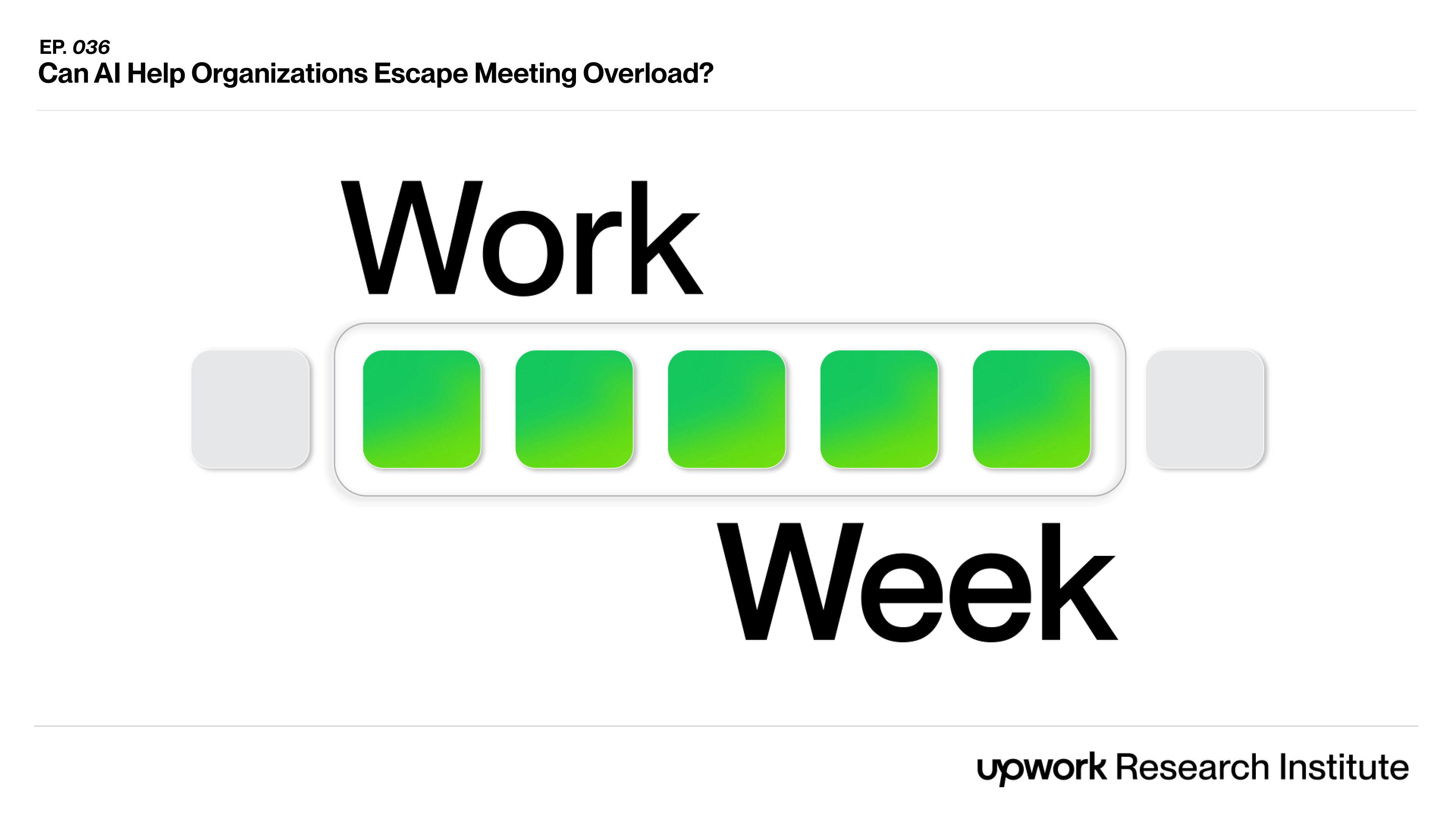

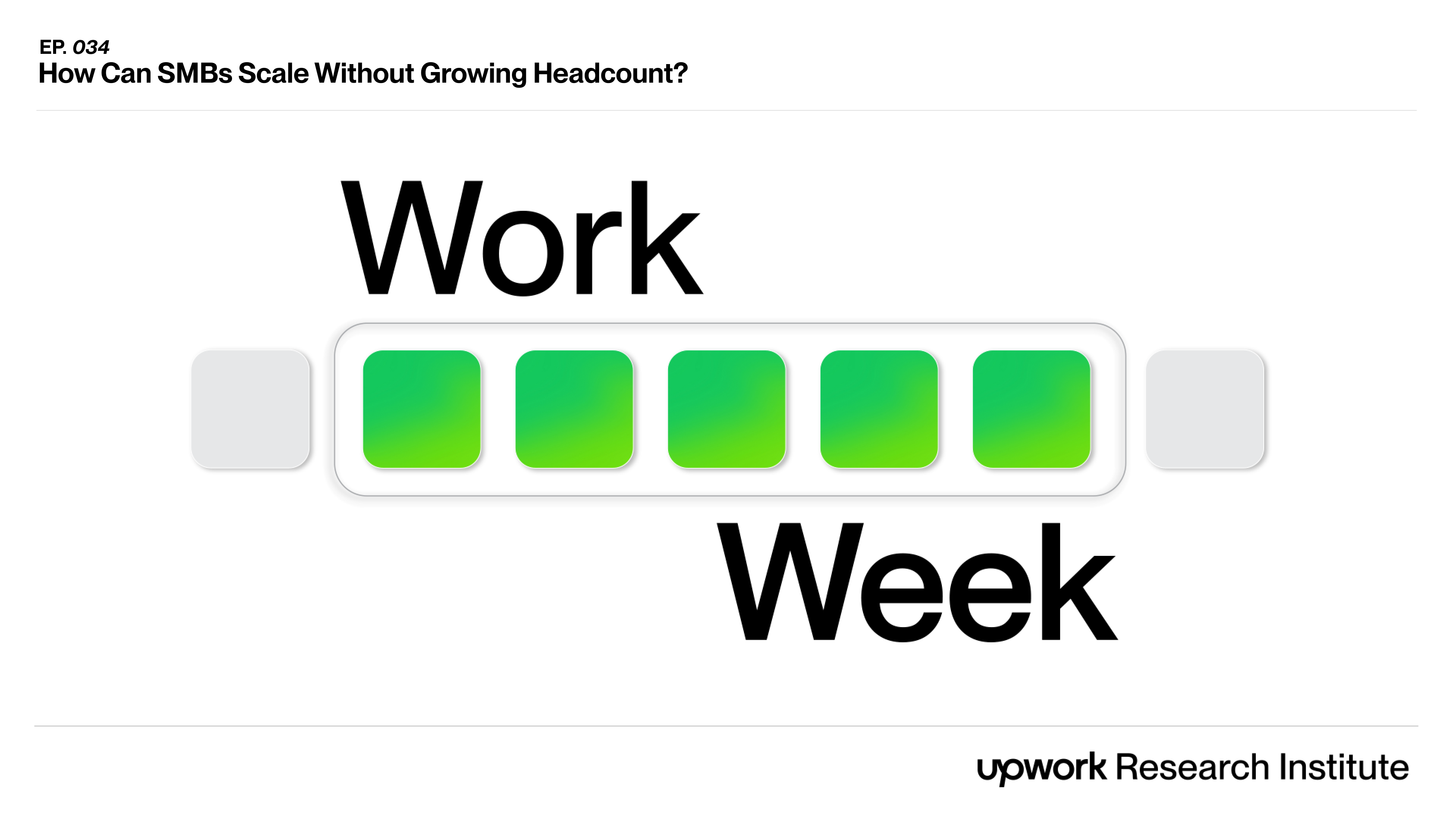
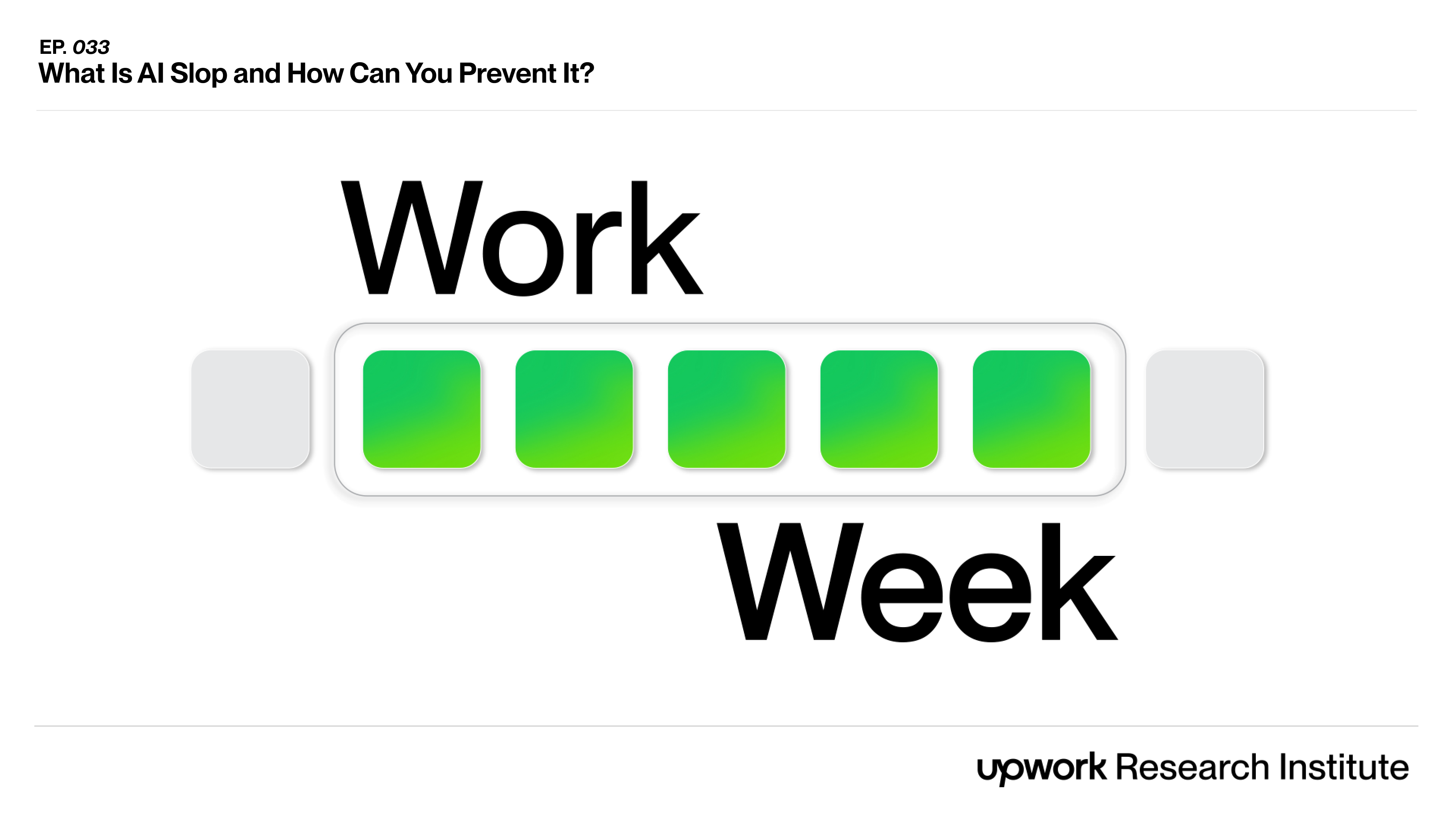
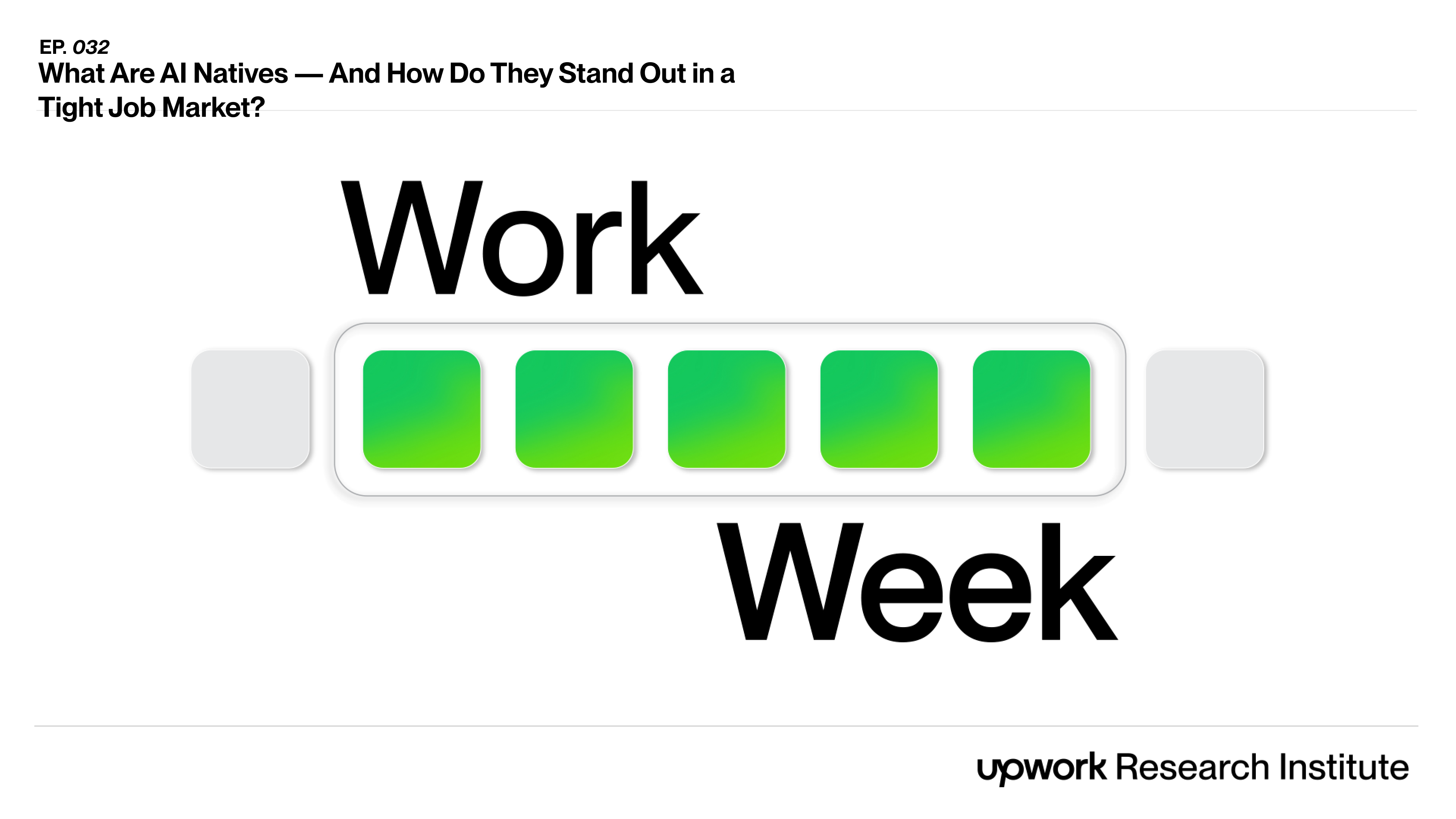


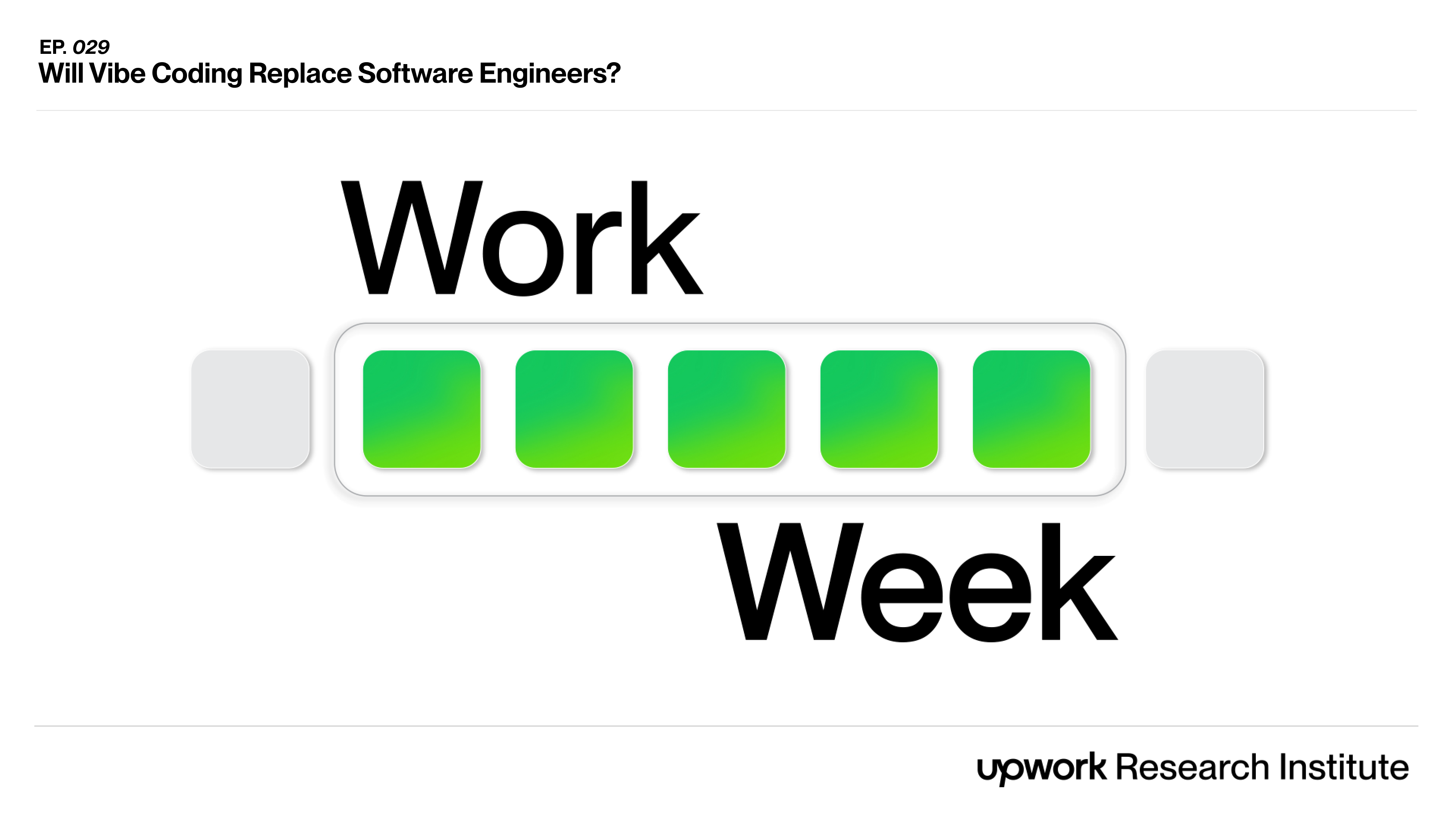


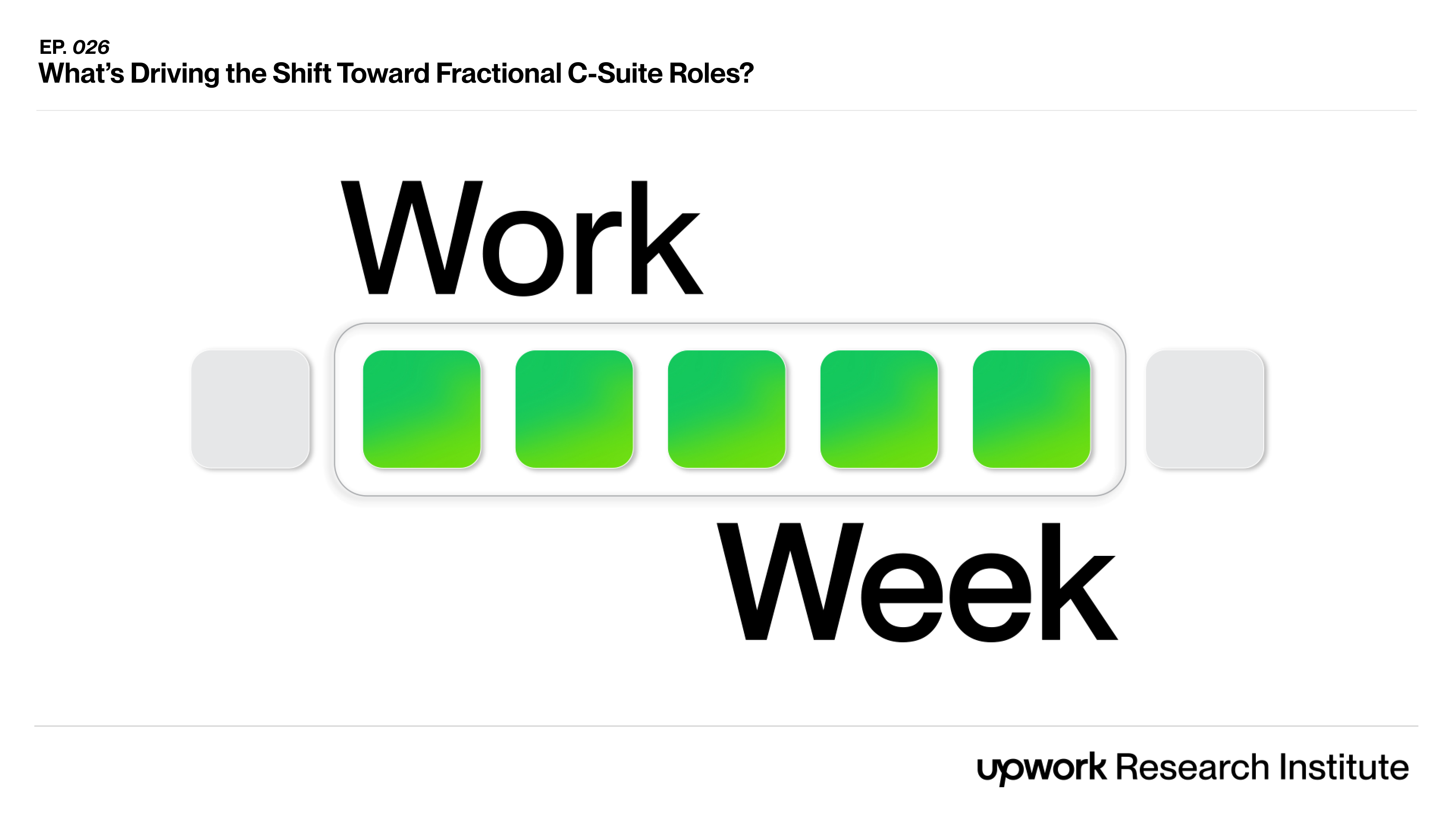
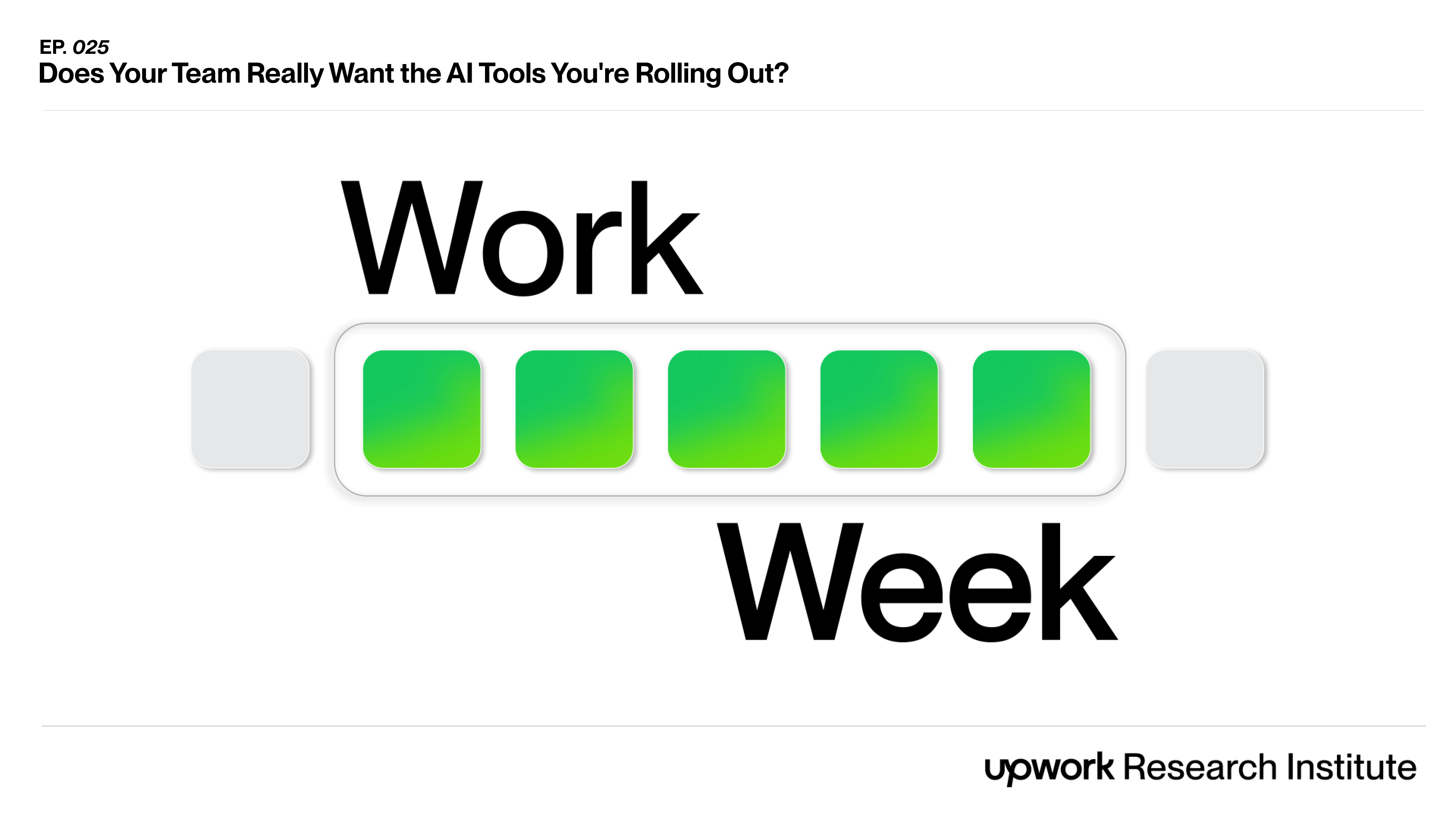

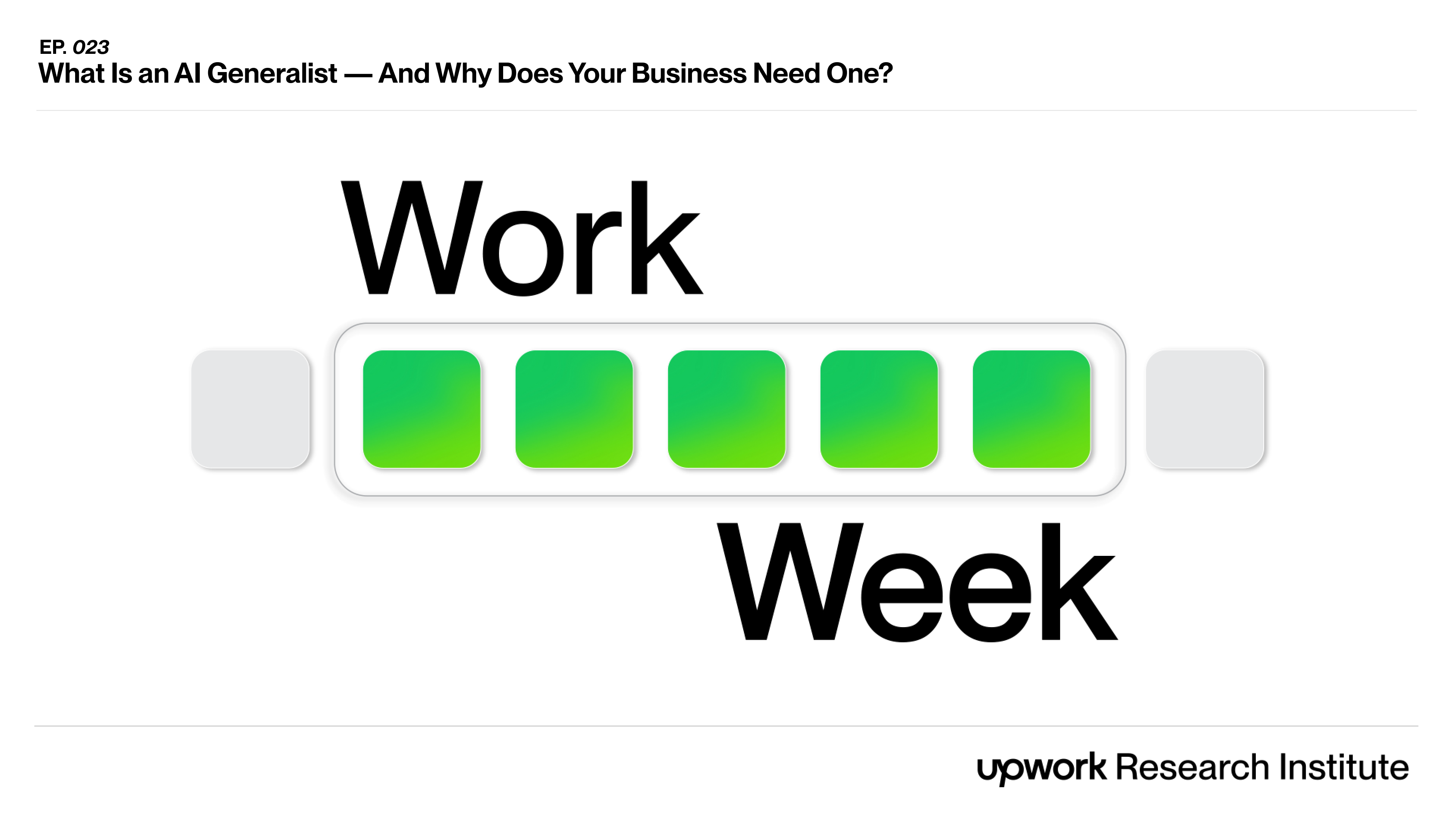





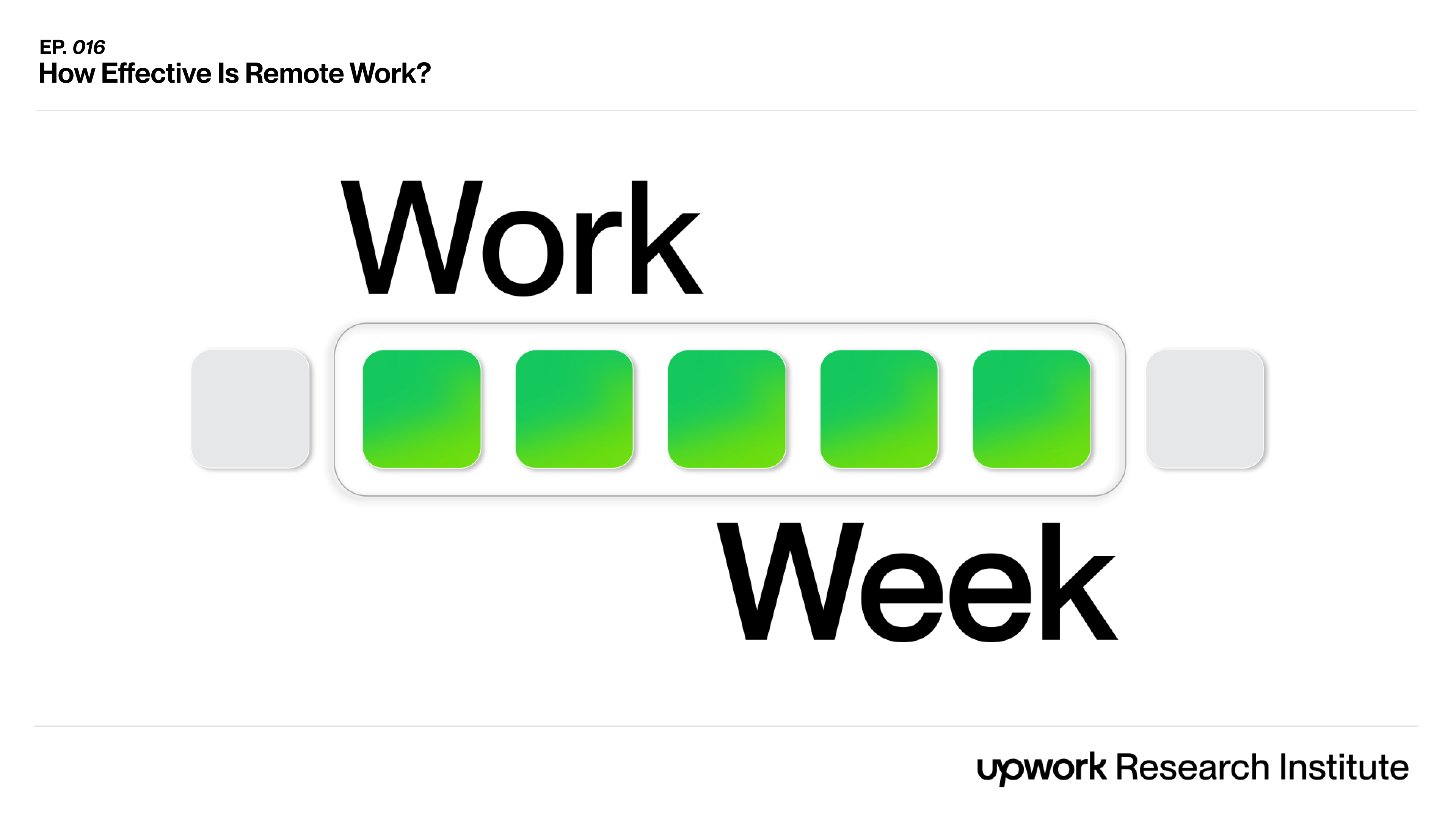
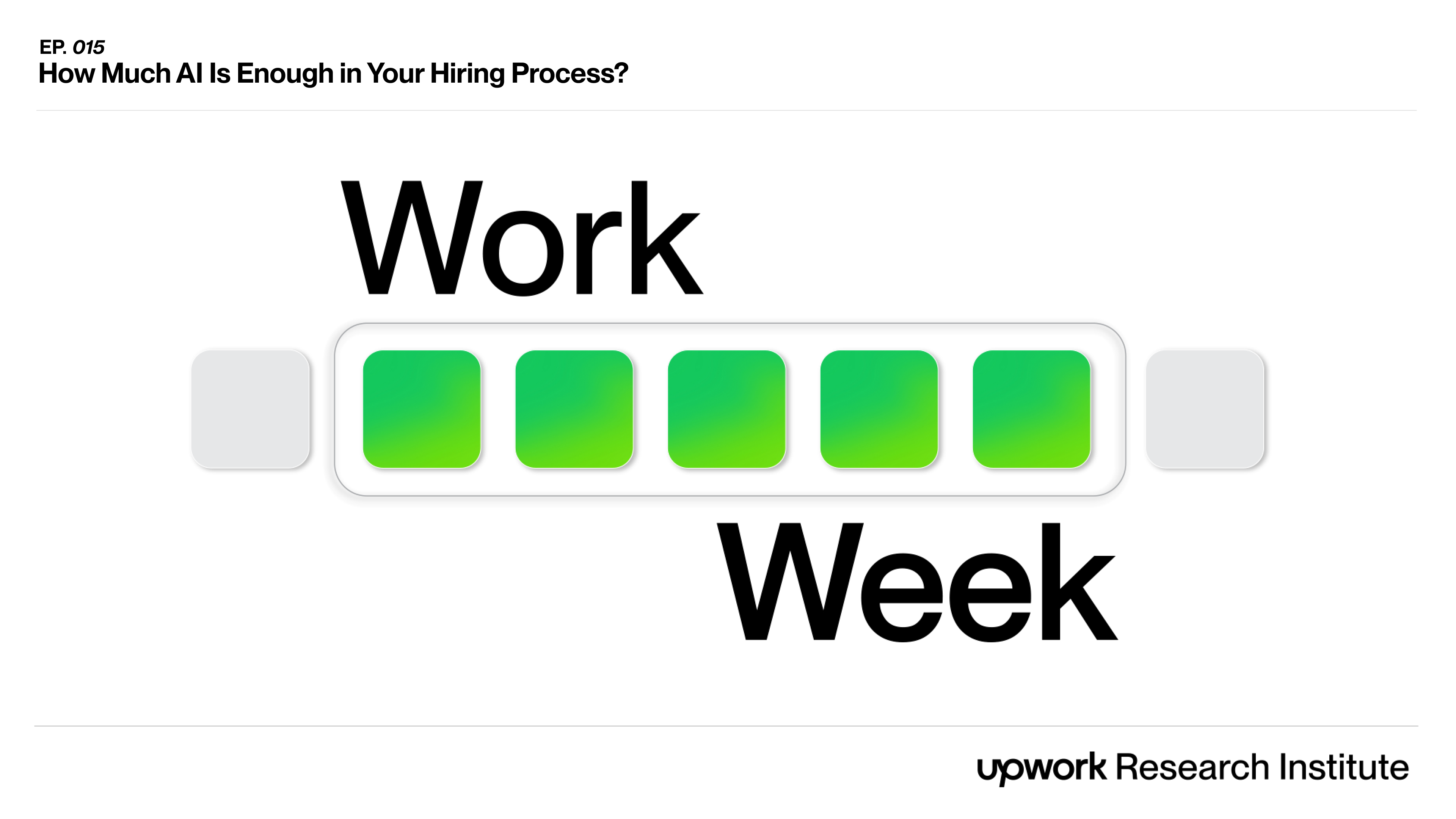

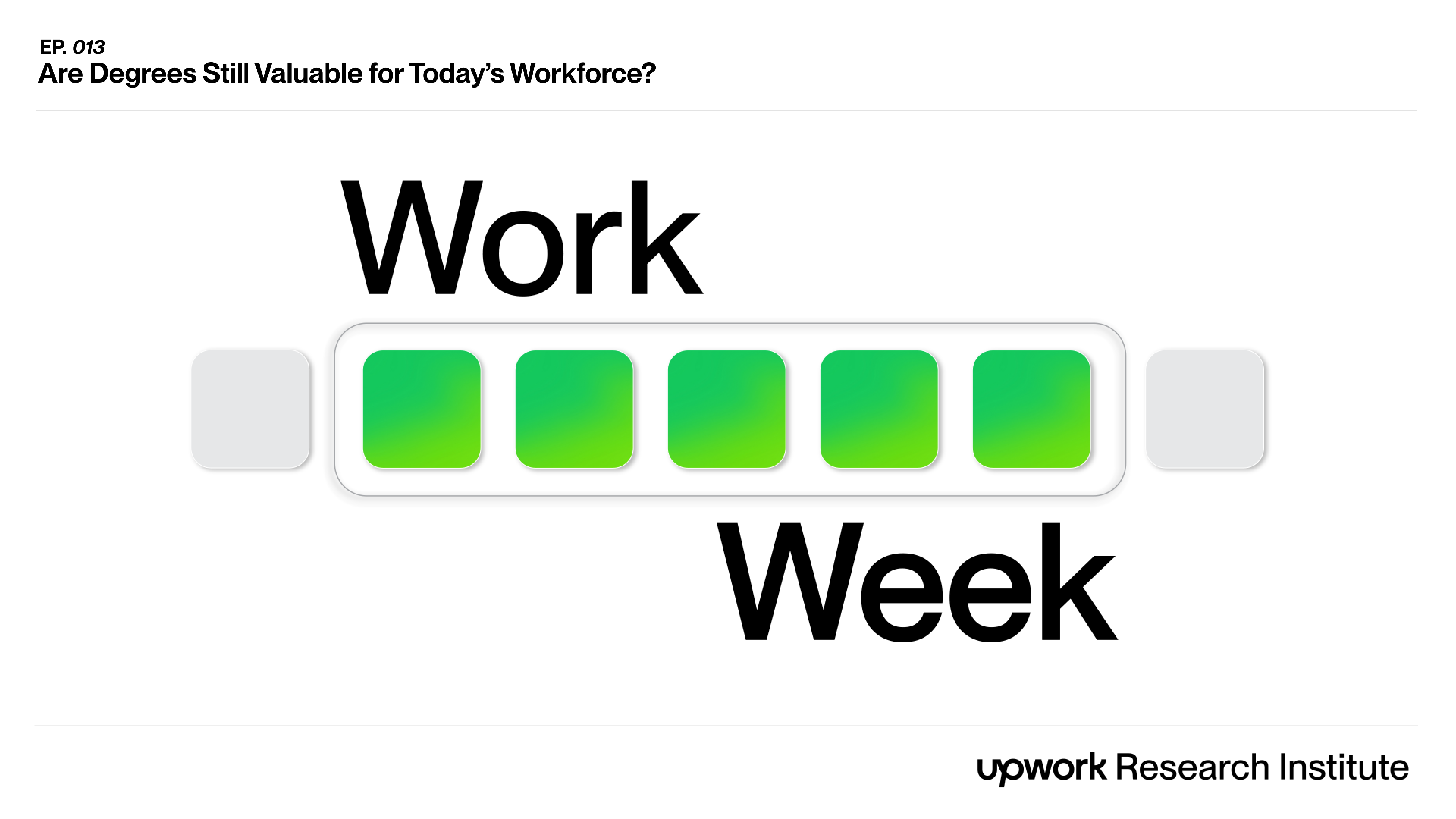
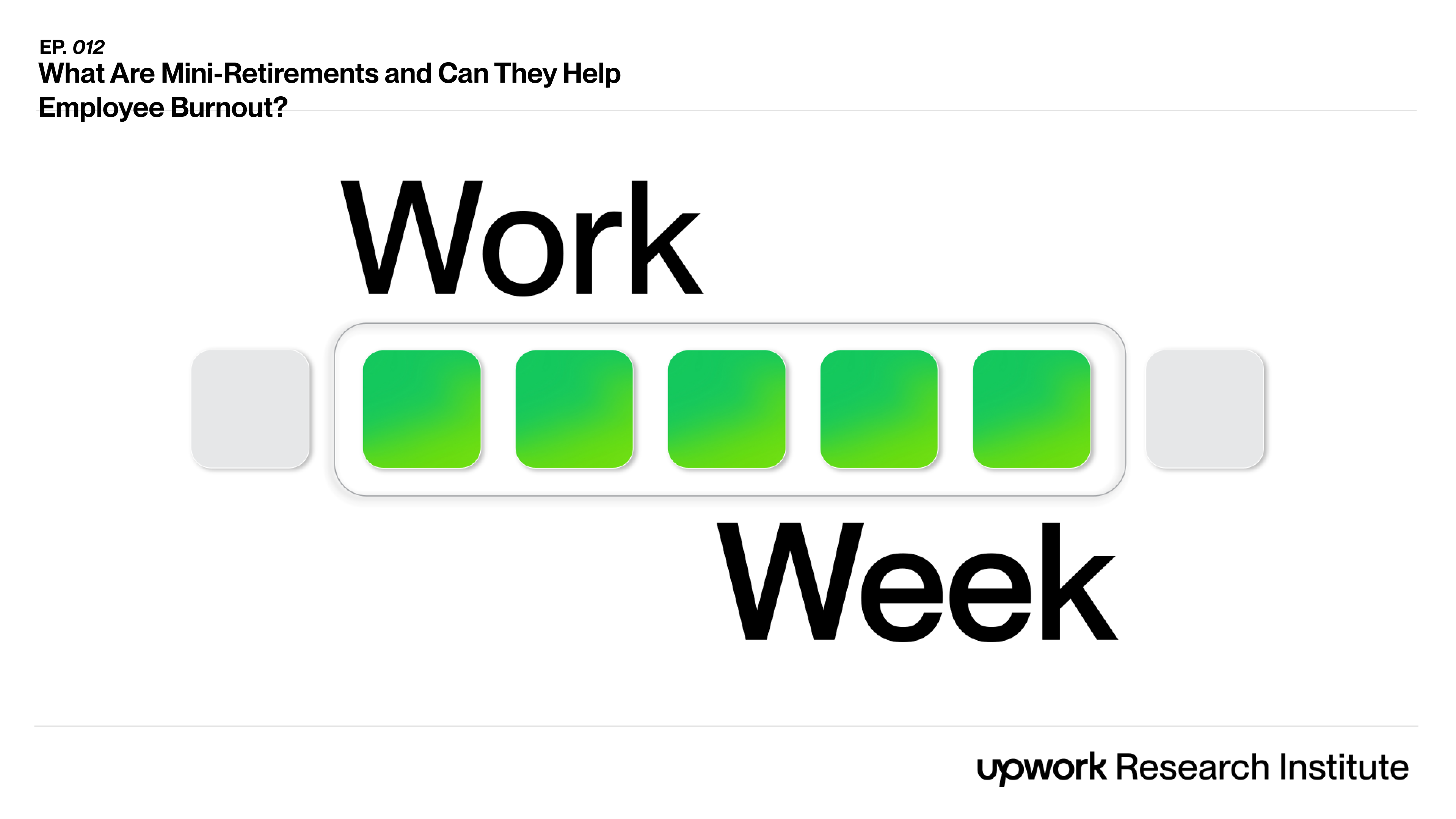
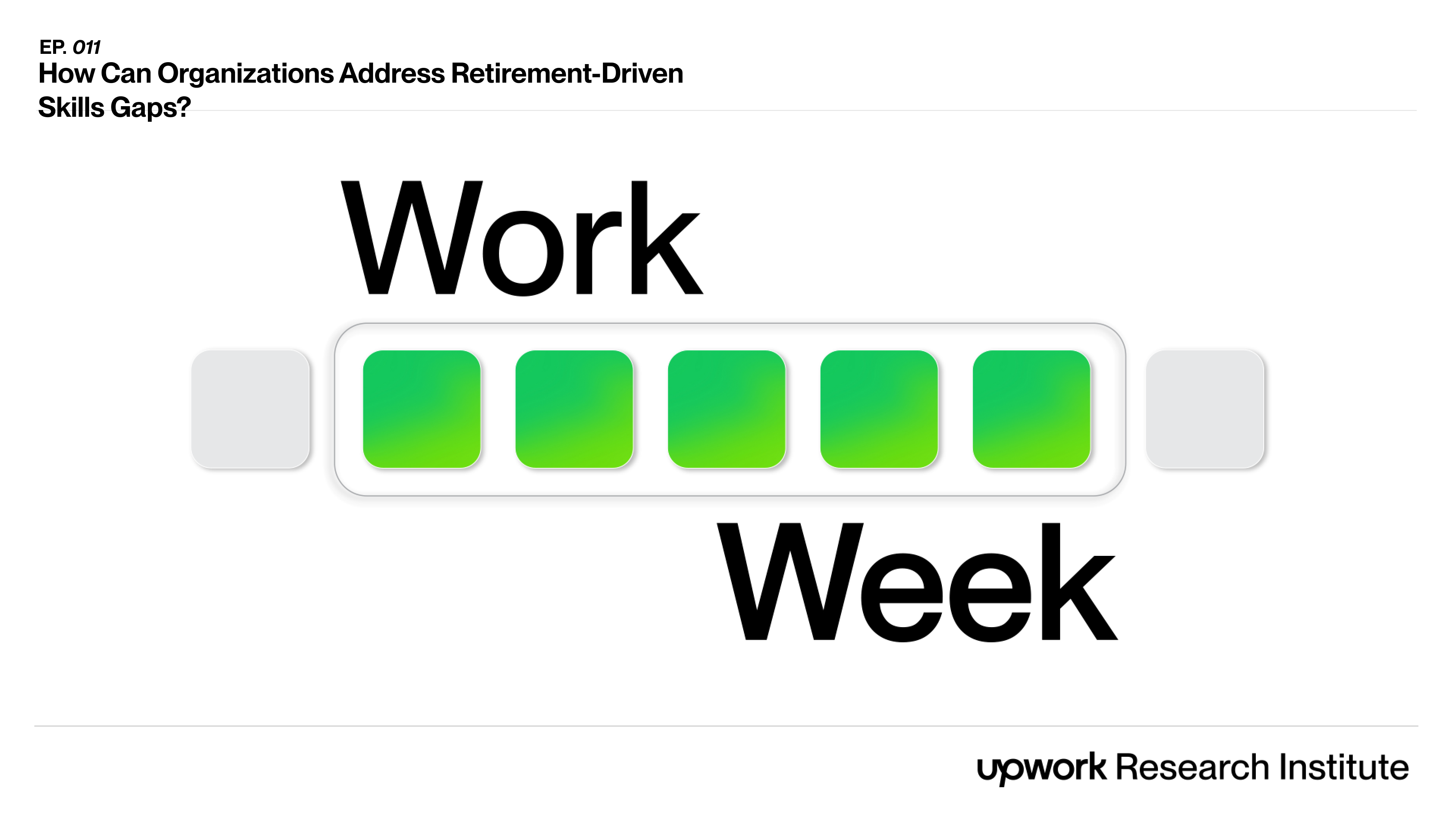

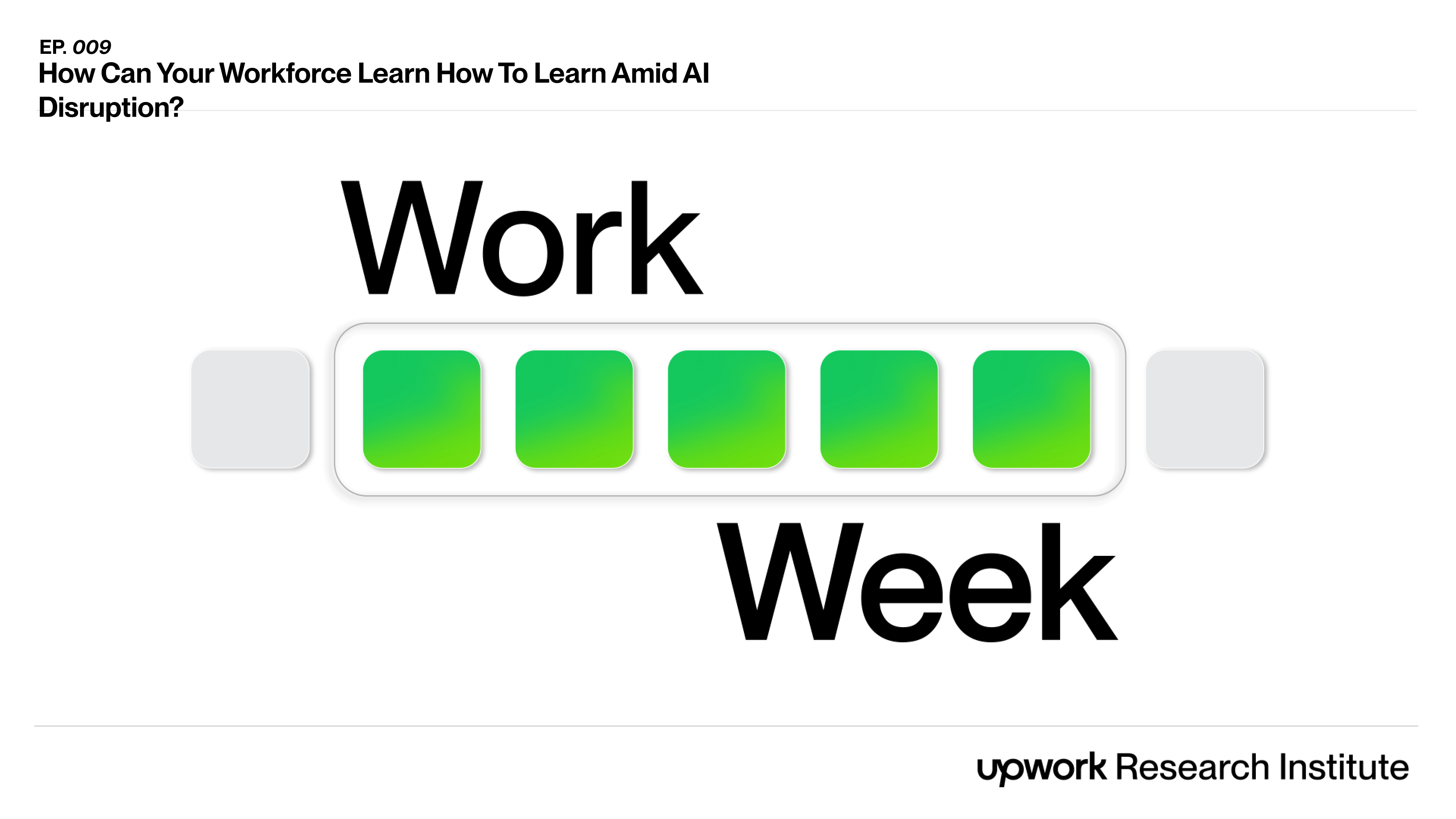

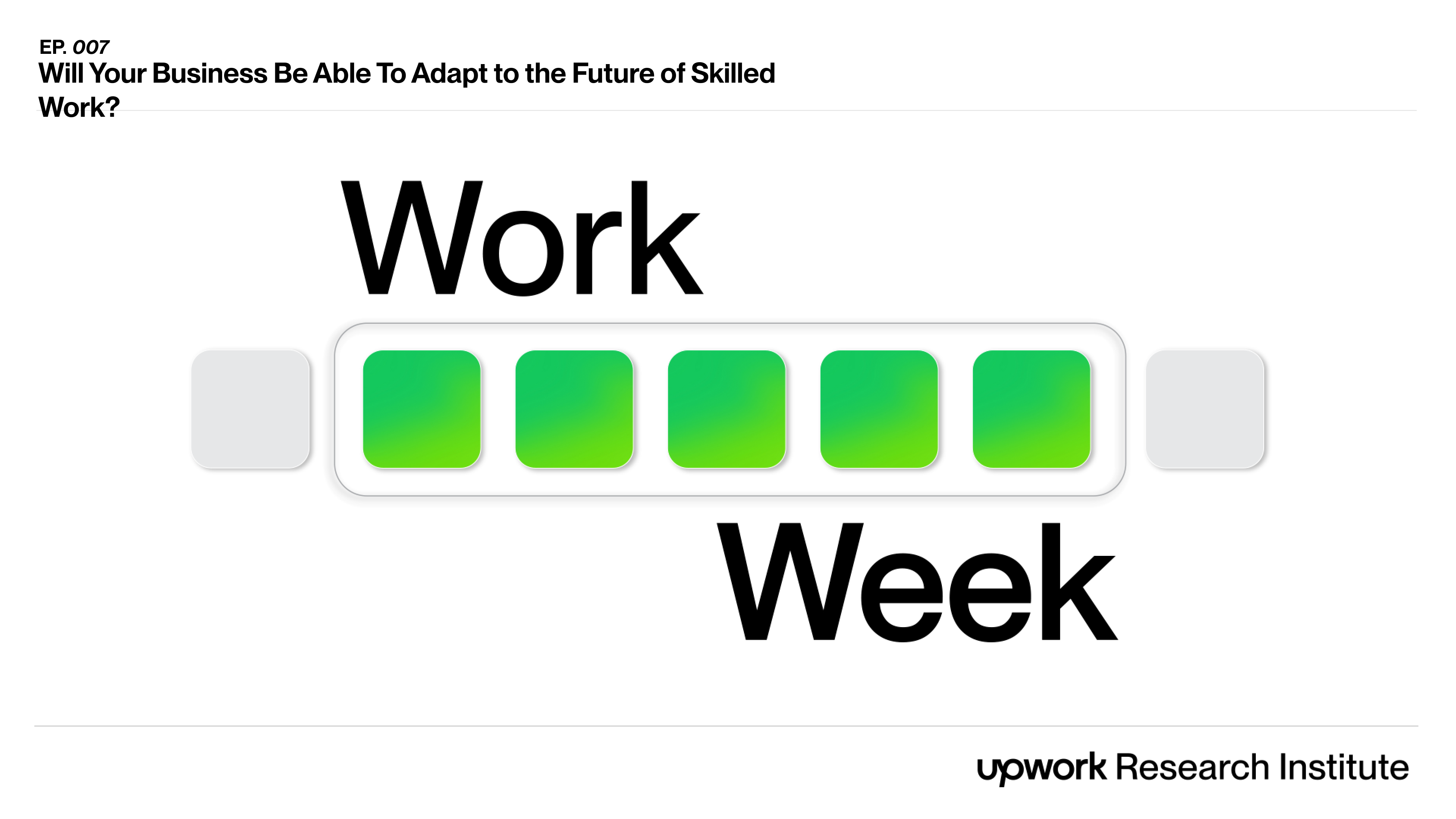
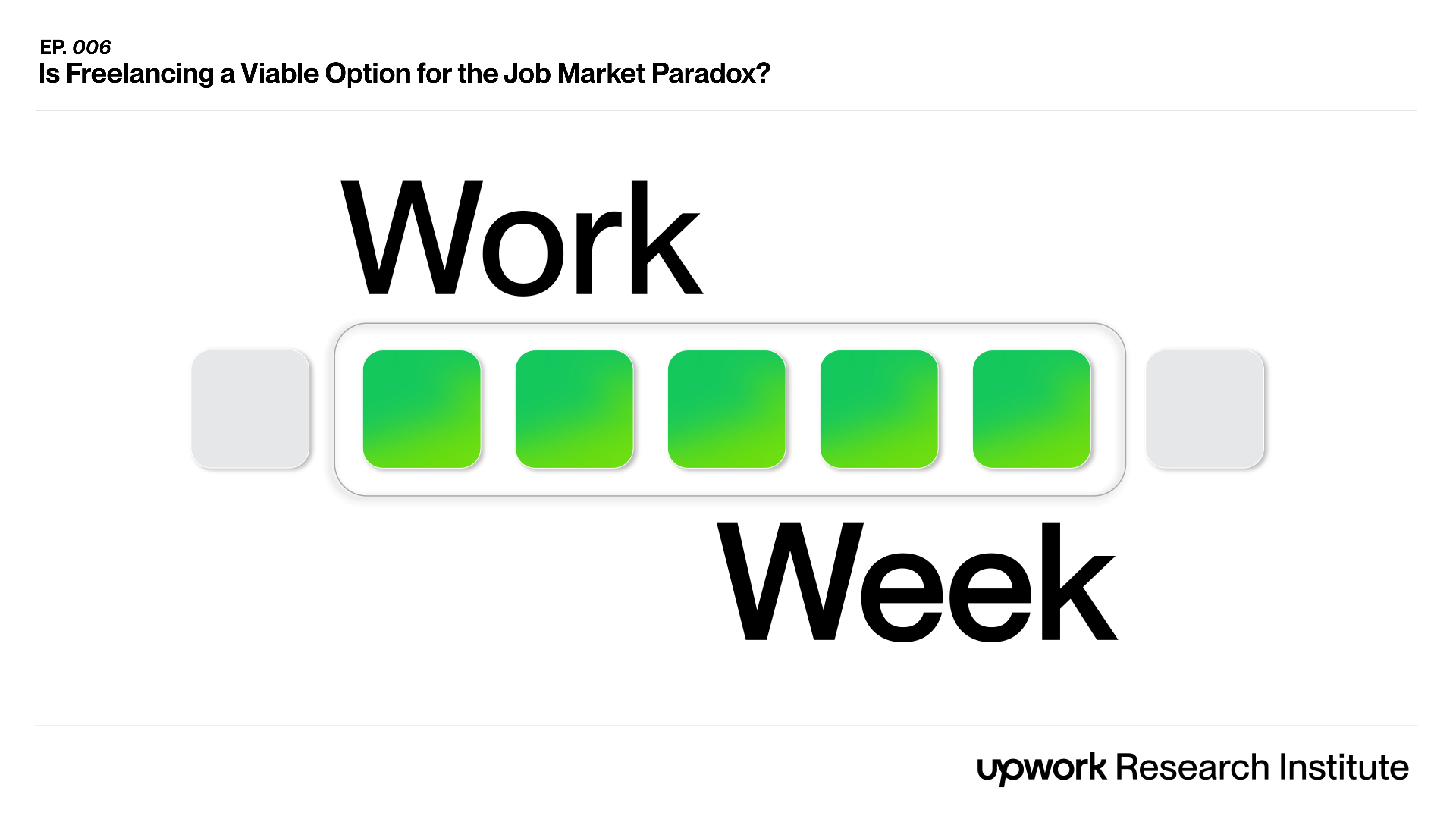
.png)


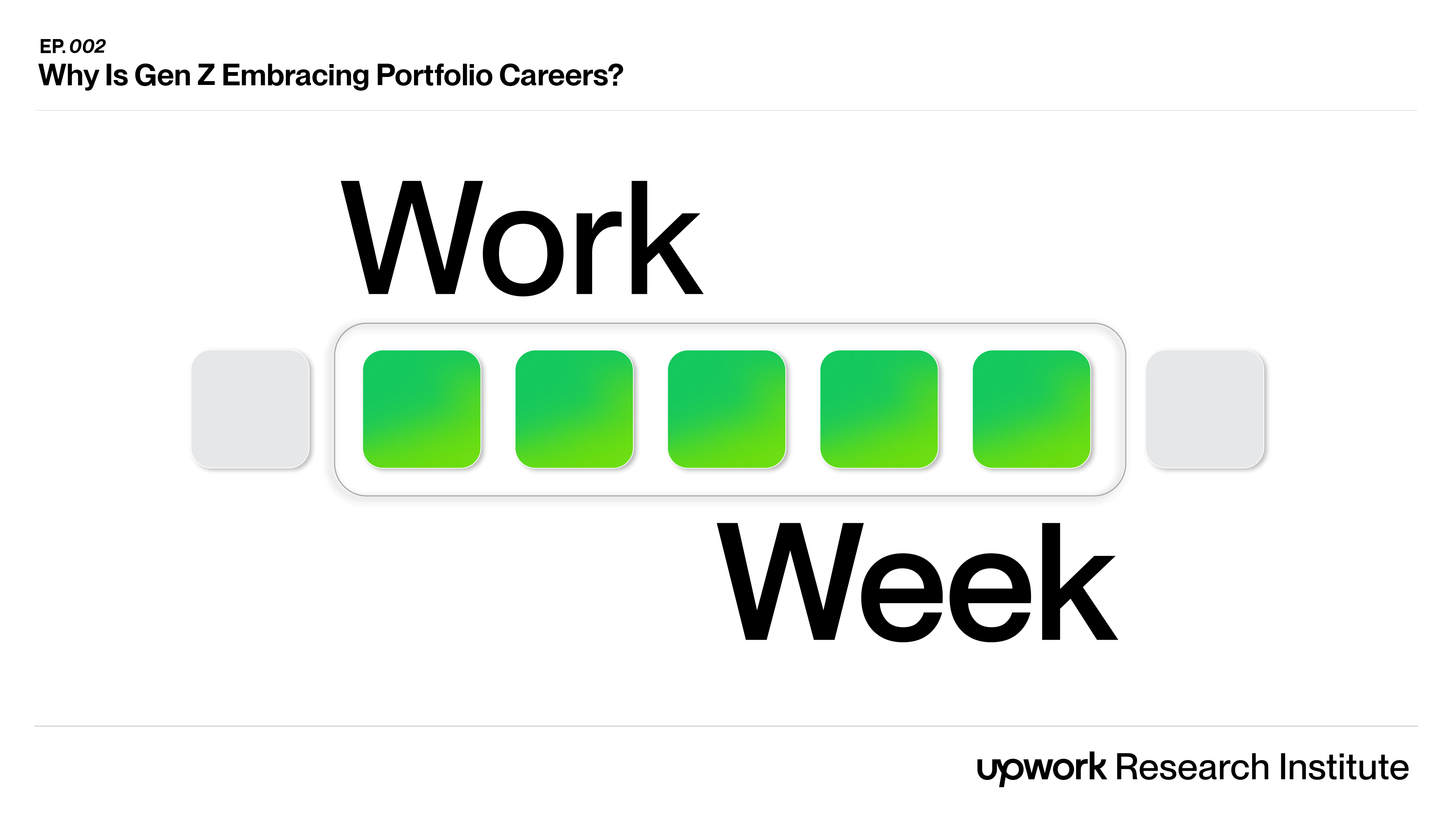

.jpg)